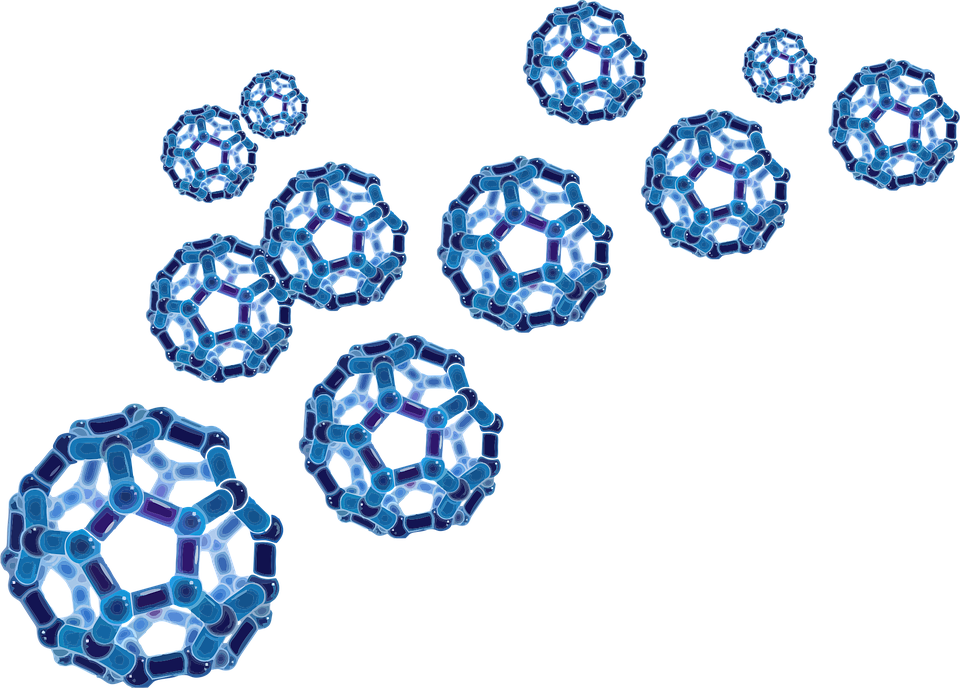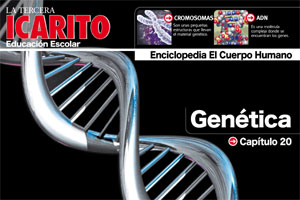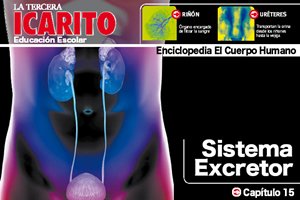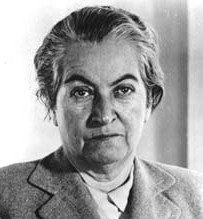In the first chapter of our collection, you have learnt about the most important aspect of the unit of life: the cell. To check how much you have learnt from this chapter, we recommend you review the summary tips.
Basic Structure
– The cell is the smallest organizing unit of life.
– It is so small in size that it is only visible through a microscope.
– Humans possess a type of cell called Eukaryotes (which differs from the Prokaryotes because it has a nucleus).
Nuclear composition:
– The cell has a highly organized basic structure.
– It possesses a thin, elastic envelope called plasmatic membrane. The nucleus is in the center of the cell and it controls everything within it.
– The nucleus, together with other structures make up what are called cellular organelles
Tissues, organs and systems:
– Cells of the same type join in small groups called tissues (epithelium, connective, muscle and nervous tissue).
– Likewise, tissues group and form organs (for example, the liver).
– Several tissues and organs share tasks in a specific system.







